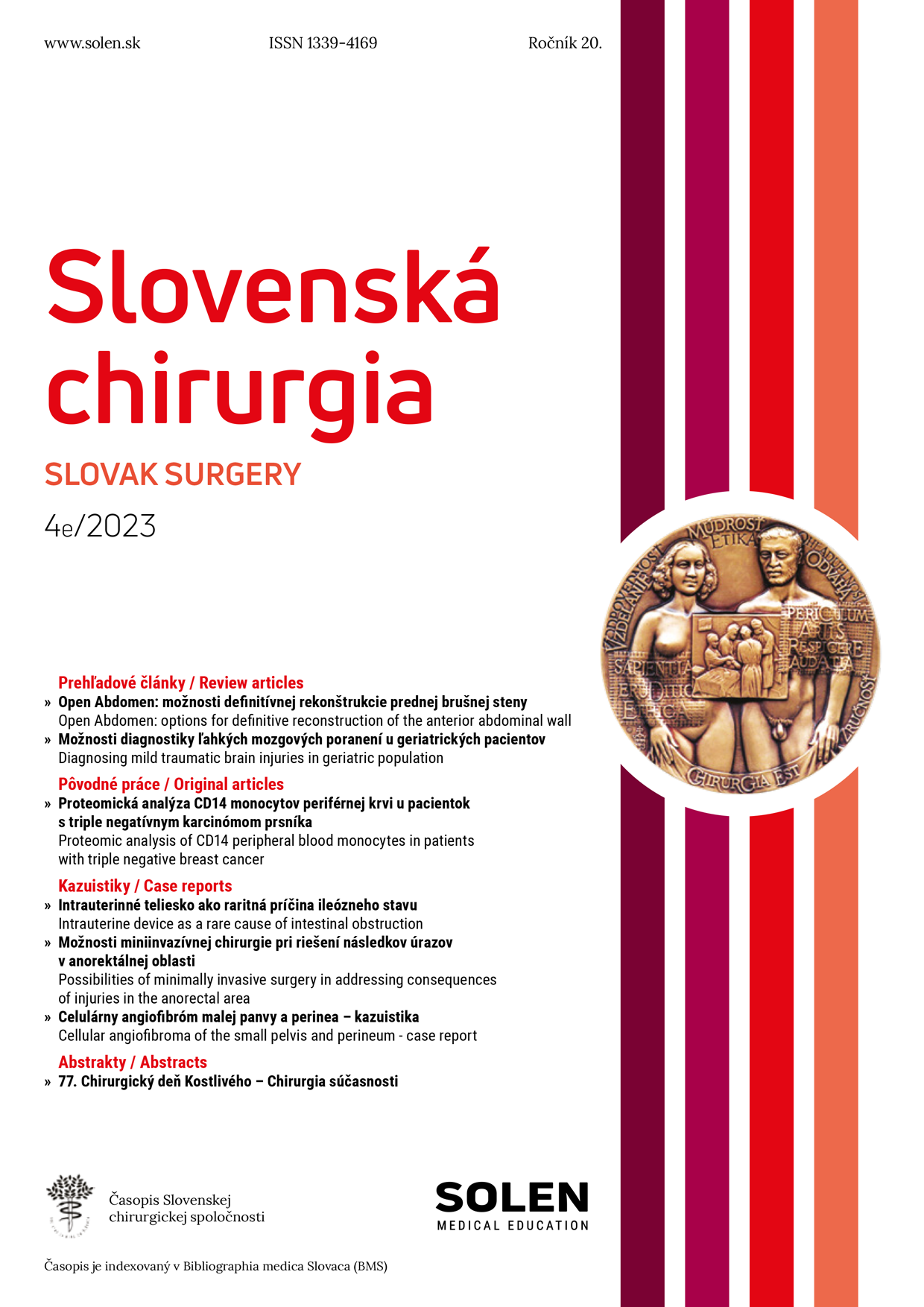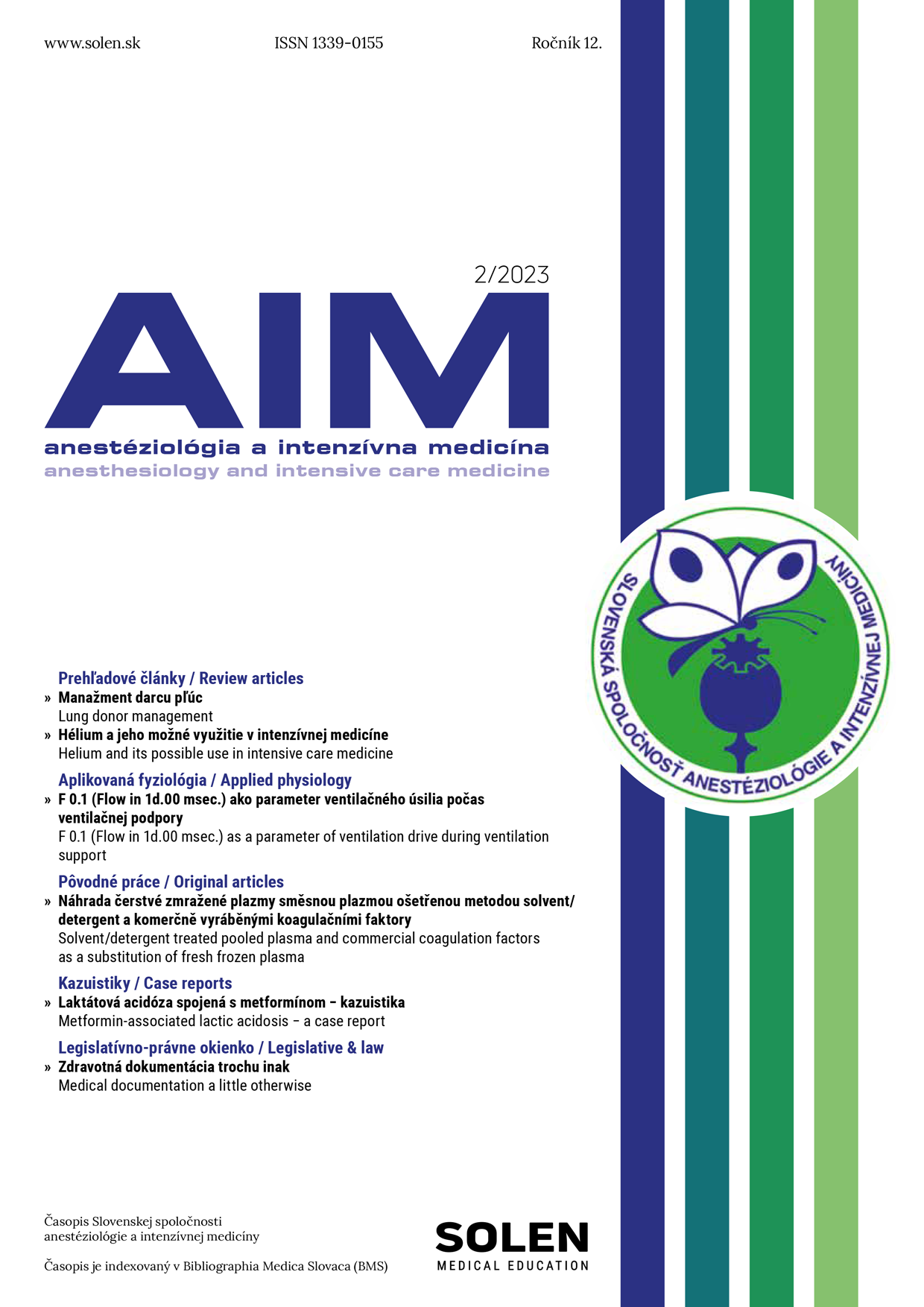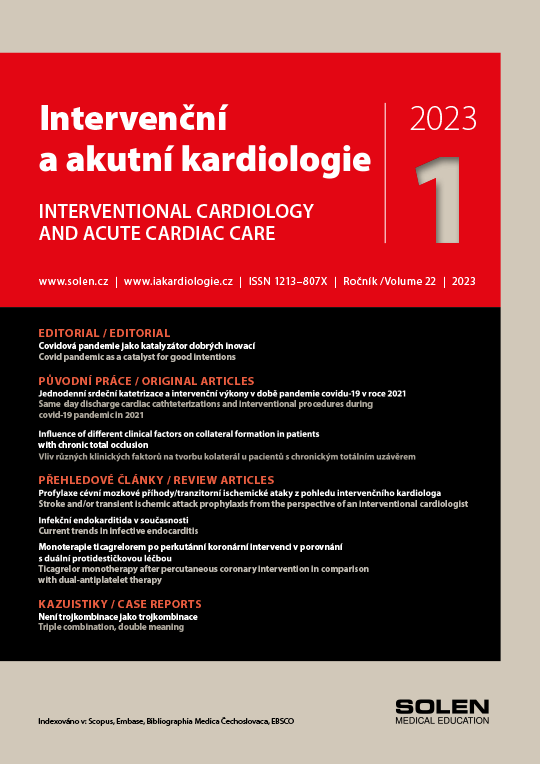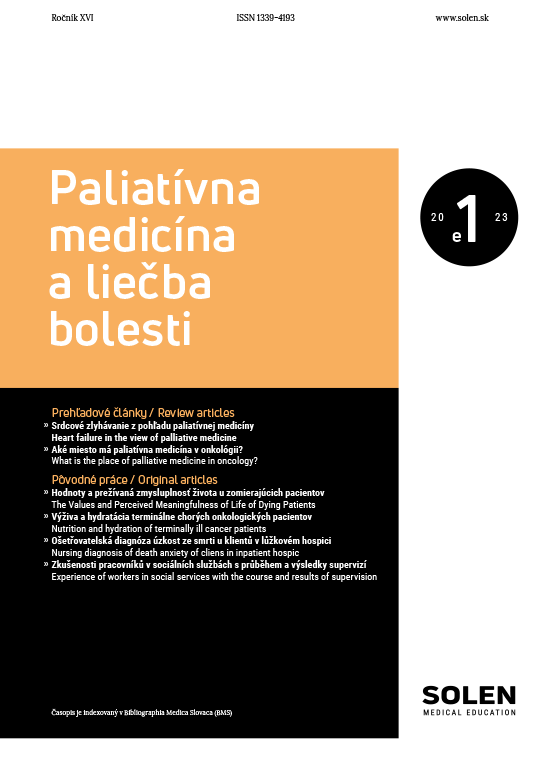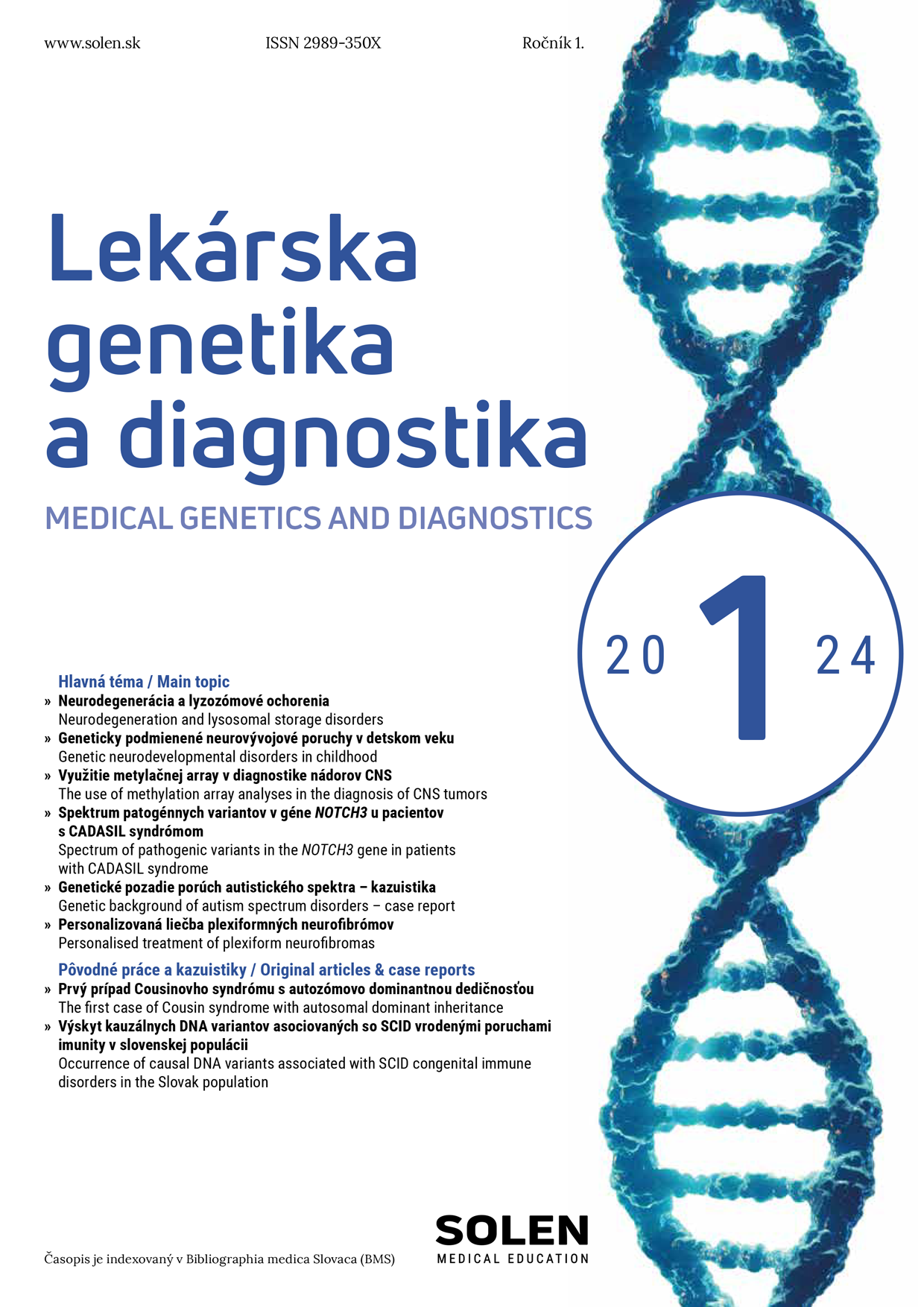Via practica 11/2006
Erysipelas – diagnostika a manažment
Ruža je akútna streptokoková infekcia kože a v menšom rozsahu aj podkožného tkaniva spojená s celkovými príznakmi zápalu. V posledných desaťročiach výskyt tohto ochorenia narastá. Postihnutí bývajú nielen starší a rizikoví pacienti, ale čoraz častejšie mladí ľudia a dokonca aj deti. Diagnózu obvykle stanovíme len na základe typického klinického obrazu. Výsledok liečby aj neskoršie komplikácie závisia od včasnej diagnózy a adekvátnej terapie. Penicilín stále ostáva liekom prvej voľby u nekomplikovaného priebehu eryzipelu. Výskyt recidív ochorenia pomôže znížiť dlhodobá antibiotická profylaxia a preventívne opatrenia zamerané na miesto vstupu infekcie.
Kľúčové slová: erysipelas, ruža, antibiotická liečba, profylaxia.
ERYSIPELAS – DIAGNOSTICS AND MANAGMENT
Erysipelas is an acute bacterial infection of the dermis and hypodermis that is associated with clinical findings of inflammation. In the last decades the incidence of illness increases. Infection occurs not only in elderly or immuno-compromised host but constantly more and more in adolescents and children. Usually, erysipelas is diagnosed on the basis of its clinical manifestations. Results of treatment and occurrence of later complications depend on early diagnosis and appropriate therapy. Penicillin is the drug of choice for the treatment of uncomplicated rose. Long-lasting prophylaxis and preventive measures in gate of infections significantly decrease the occurrence of recurrences.
Keywords: erysipelas, rose, antibiotic therapy, prophylaxis.


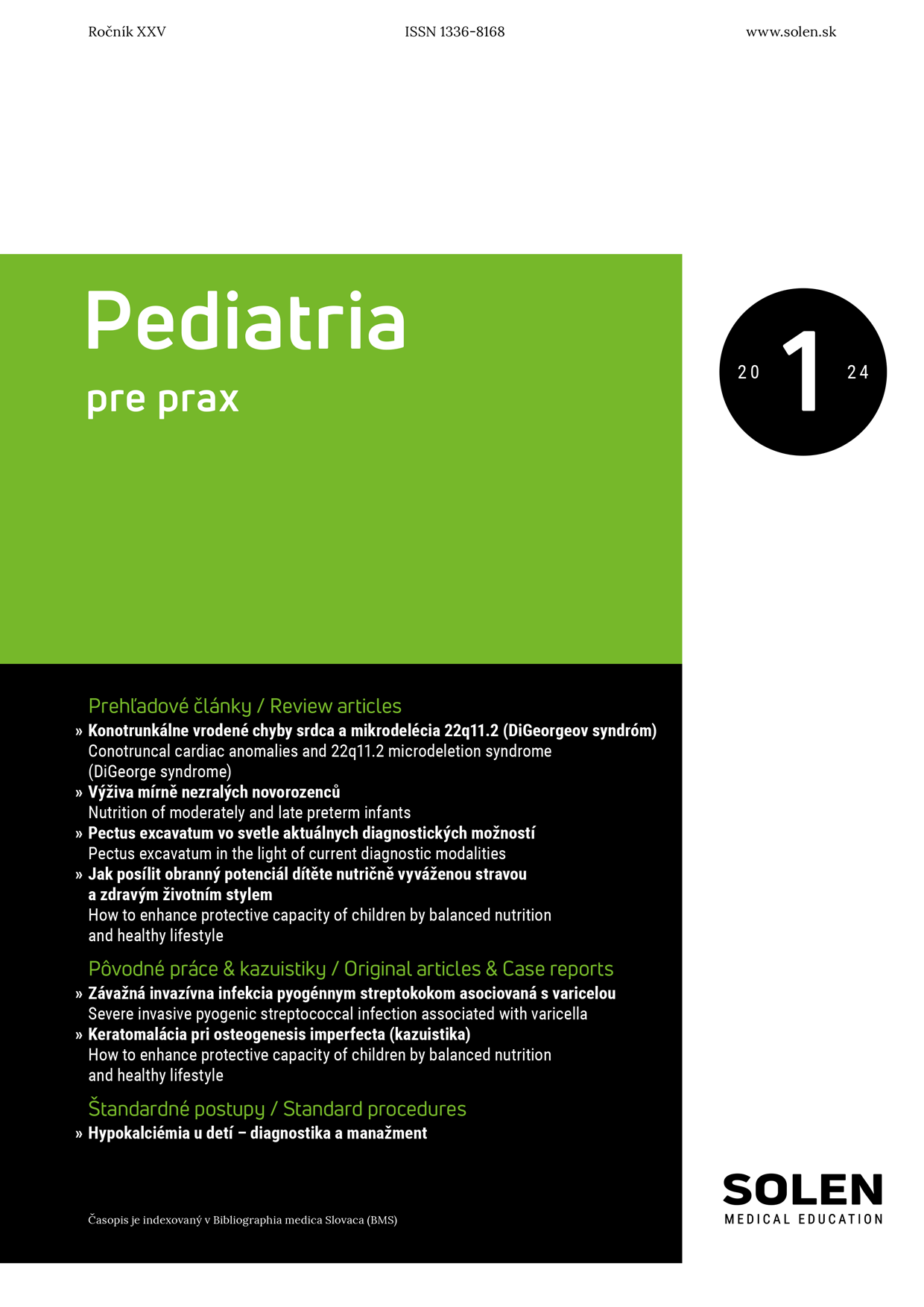
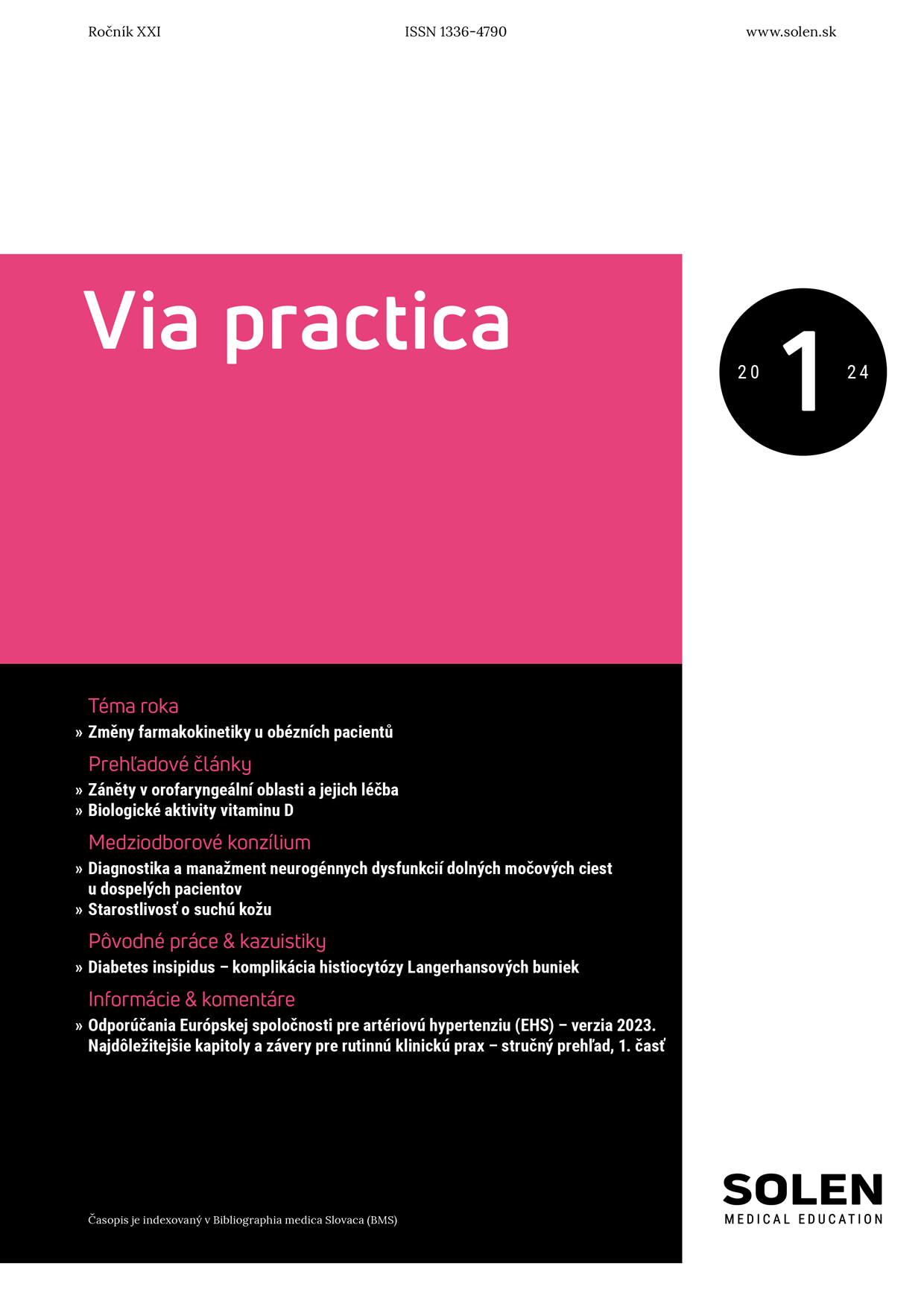
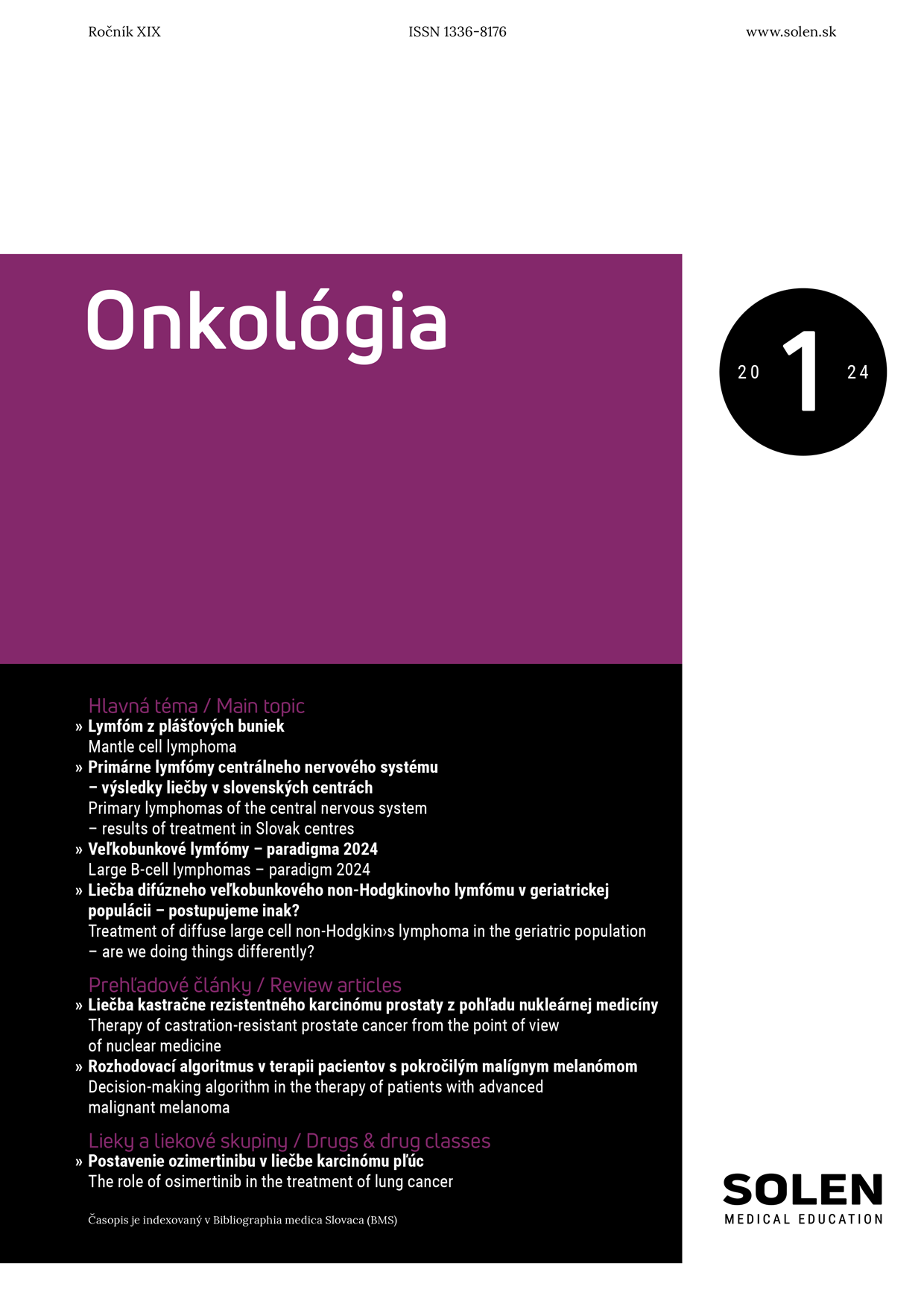
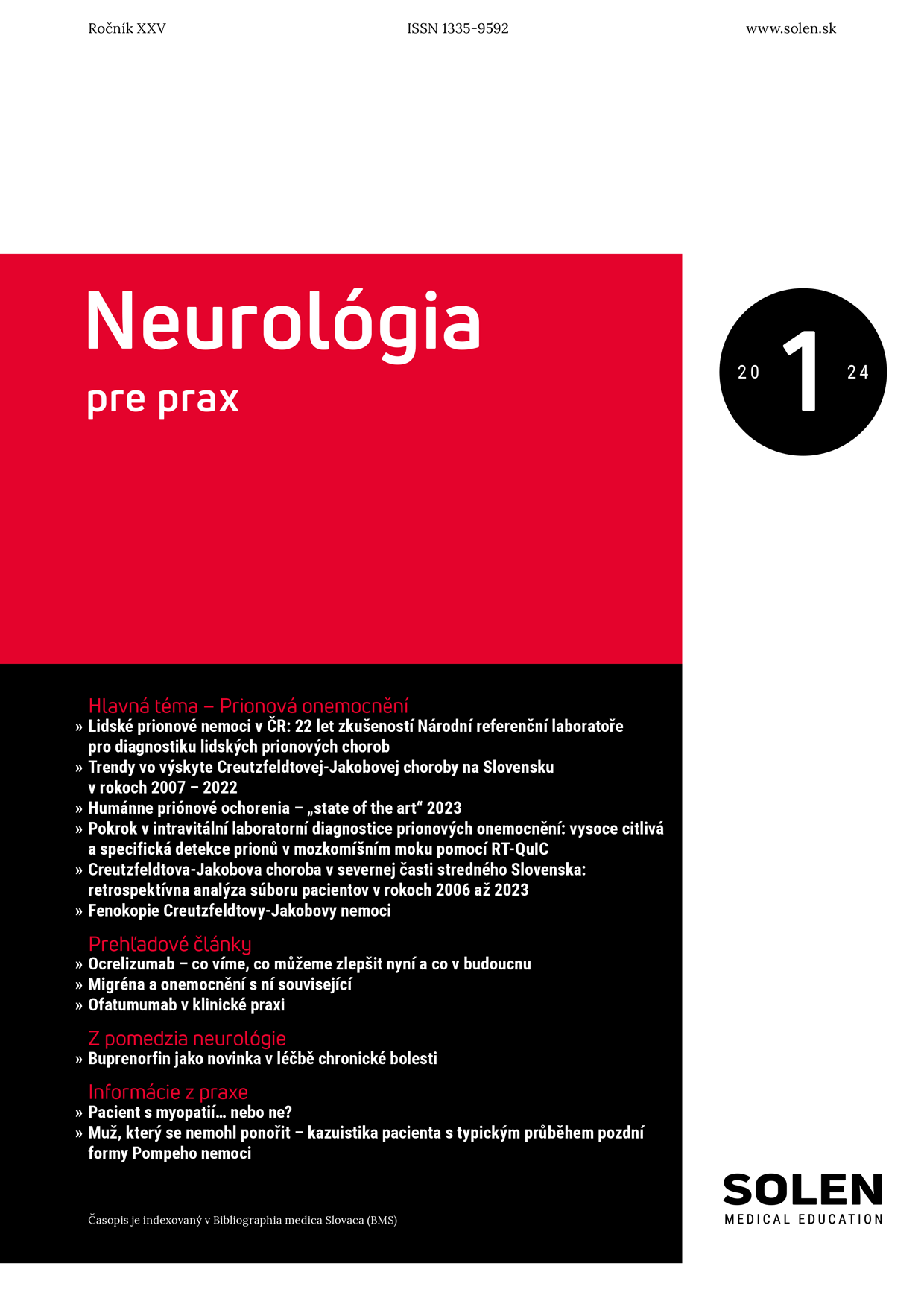
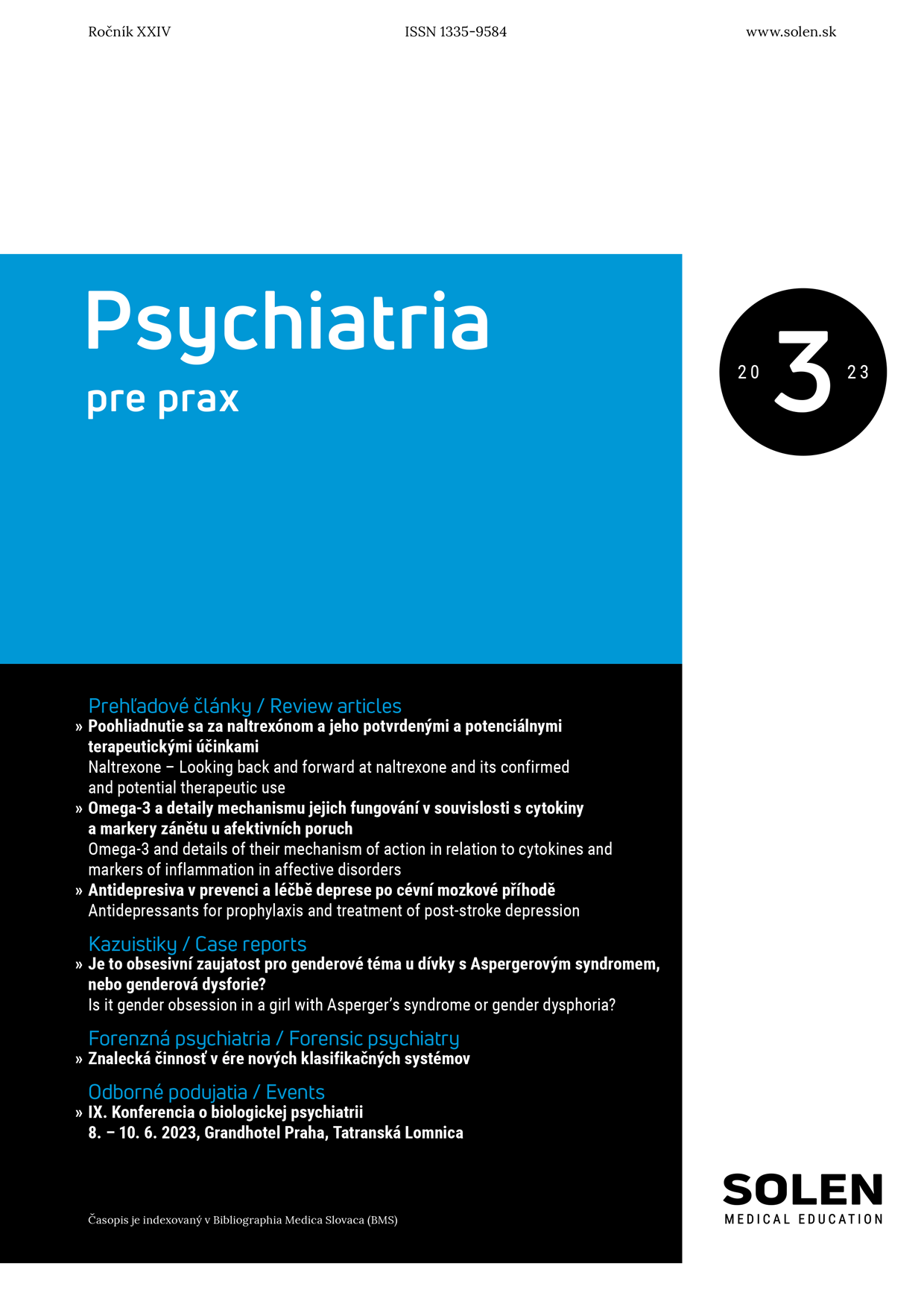
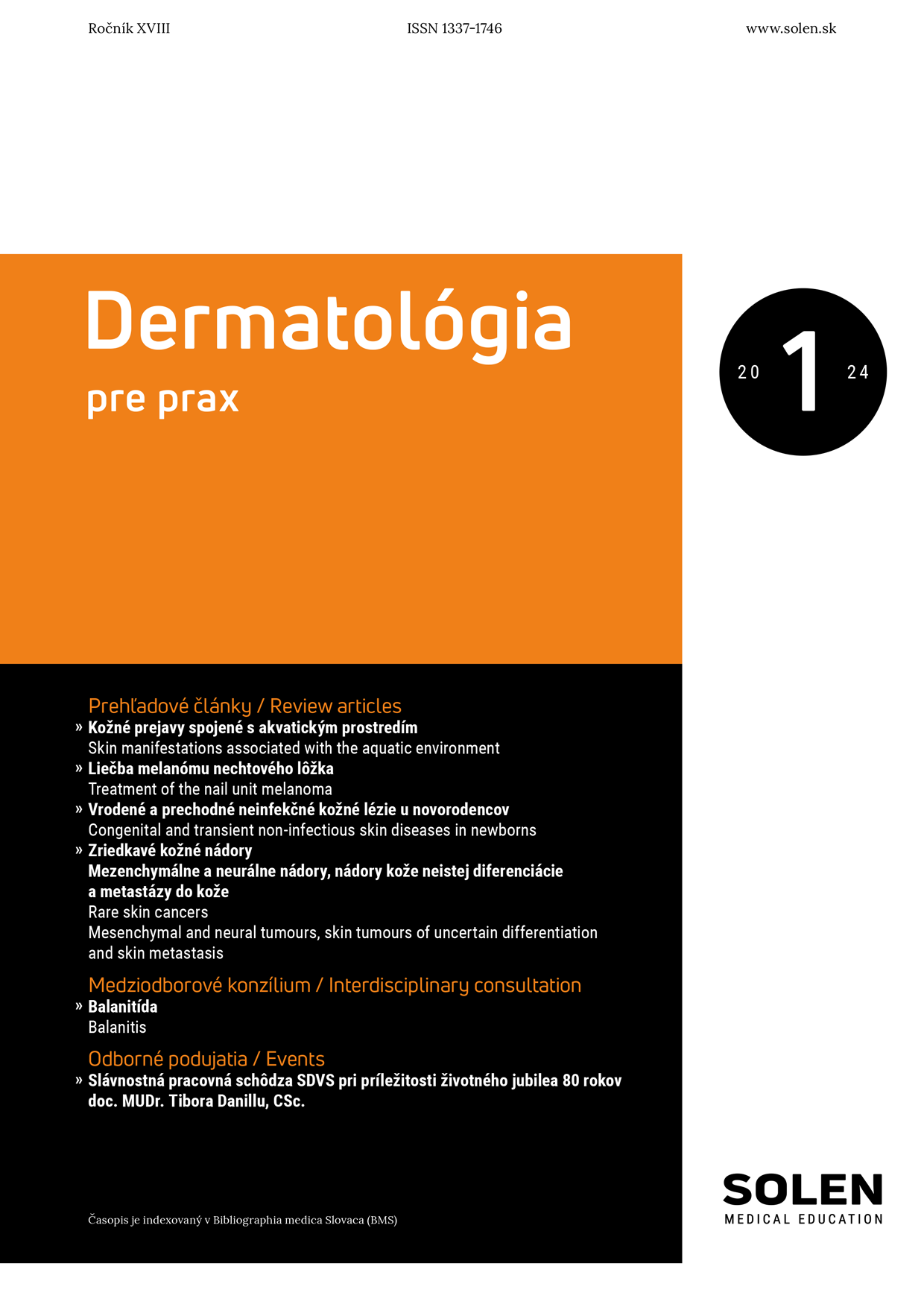
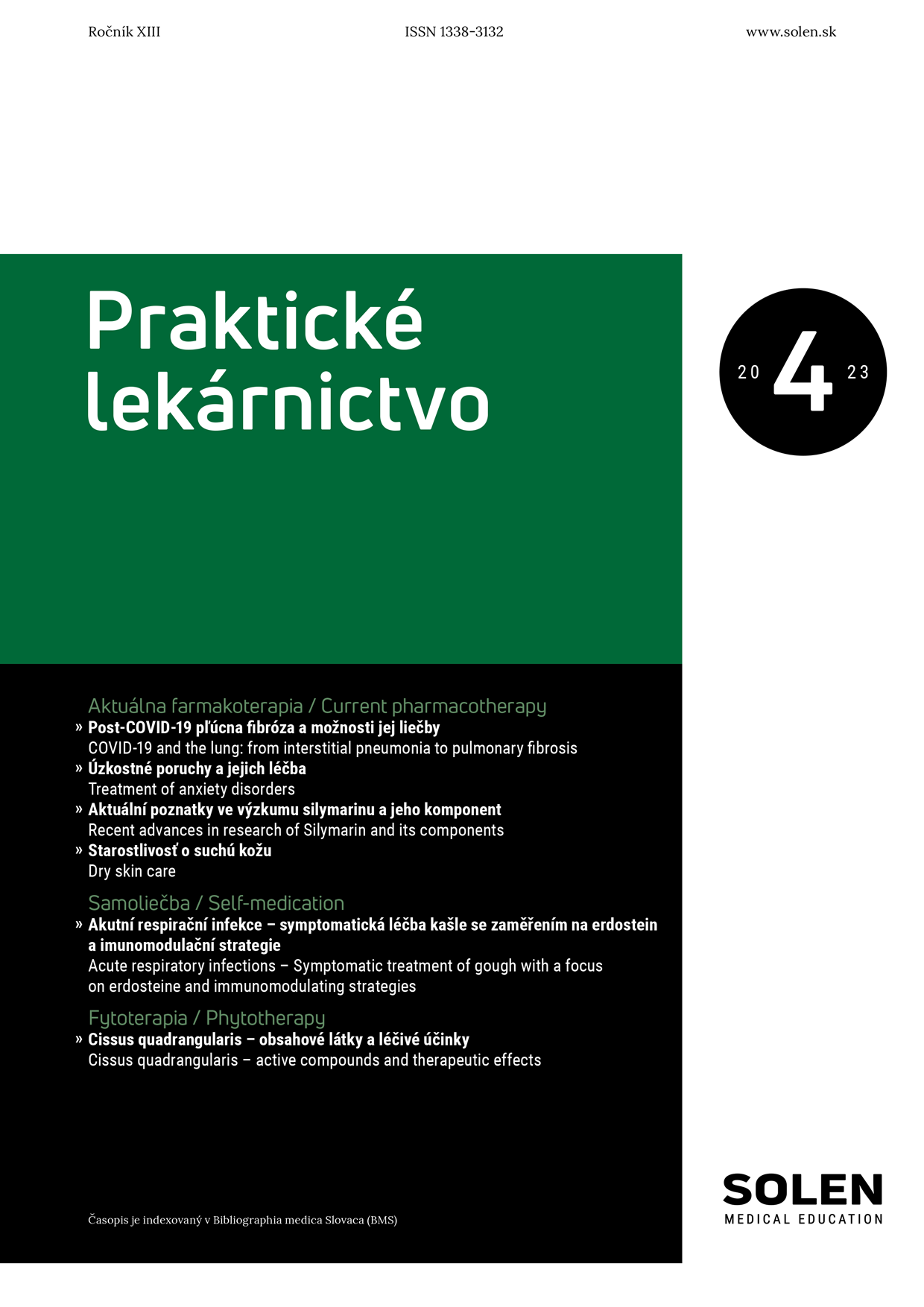
-1.png)
